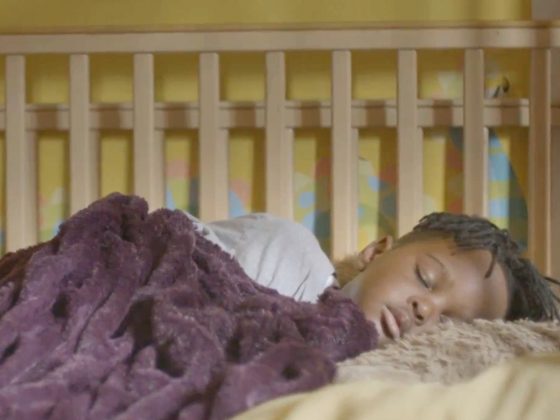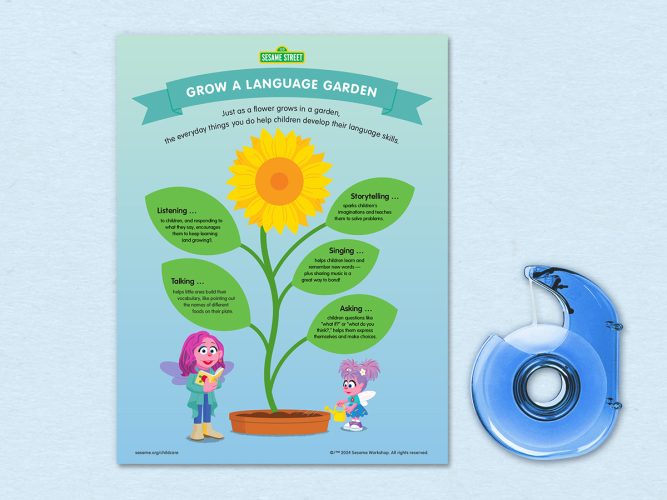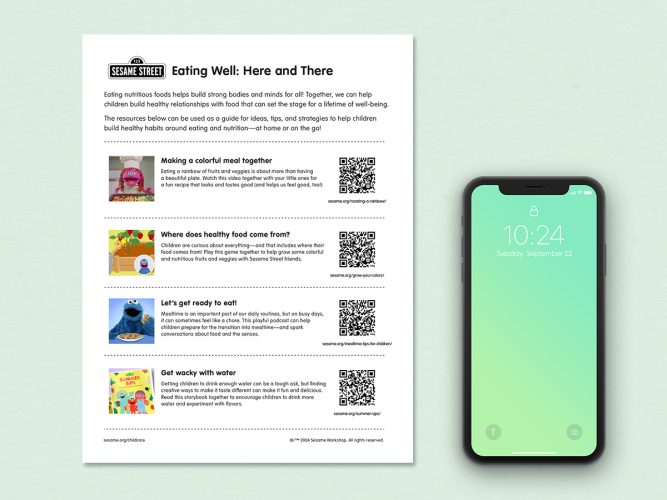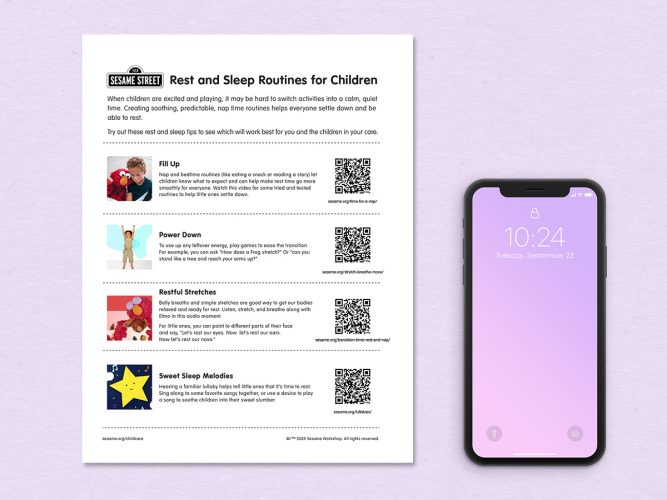
Time for a Nap
Make naptime easier with these tried and tested routines.
As you watch the video, keep in mind that as little ones grow and develop, naptime becomes an important part of the day for everyone (kids and grown-ups!) to recharge and regain energy. Babies and toddlers may get “wired” when tired, causing them to fuss when they’re put down for their nap.
Naptime routines help babies and toddlers know what to expect. First, make sure baby’s belly is full so she doesn’t wake up hungry mid-nap. Milk and formula (for babies), and low-fat cheese, whole-wheat crackers, and fruit (for toddlers) are all great options.
Let little ones know that naptime is approaching by singing a song or dimming the lights. Some lap time while reading a story together can help them wind down and relax. If an older sibling is at home during naptime, he can be included in the routine by reading together or helping fix a snack or change a diaper. Make sure the sleep space is free of blankets, bumper pads, toys, and pillows—they are not safe for children to sleep with.

Growing a Language Garden: Everyday Language Development
A reminder of the simple things you do every day that nurture children’s language skills.

Eating Well: Here and There
A printable page with easily shareable resources to encourage children’s healthy relationships with food.

Cultural Connections through Family Engagement for Building Stronger Bonds

Mindful Caregivers
Practicing mindfulness is a great way to slow down and reset.

Routines to Help Children Rest and Sleep
Soothing, predictable, nap and bedtime routines can help children settle down for rest.

Tracking Child Development: A Caregiver’s Guide
Keeping track of milestones and going to routine screenings helps children stay healthy and thriving.

The Heart of Communities: Supporting and Celebrating Family, Friend, and Neighbor Caregivers
